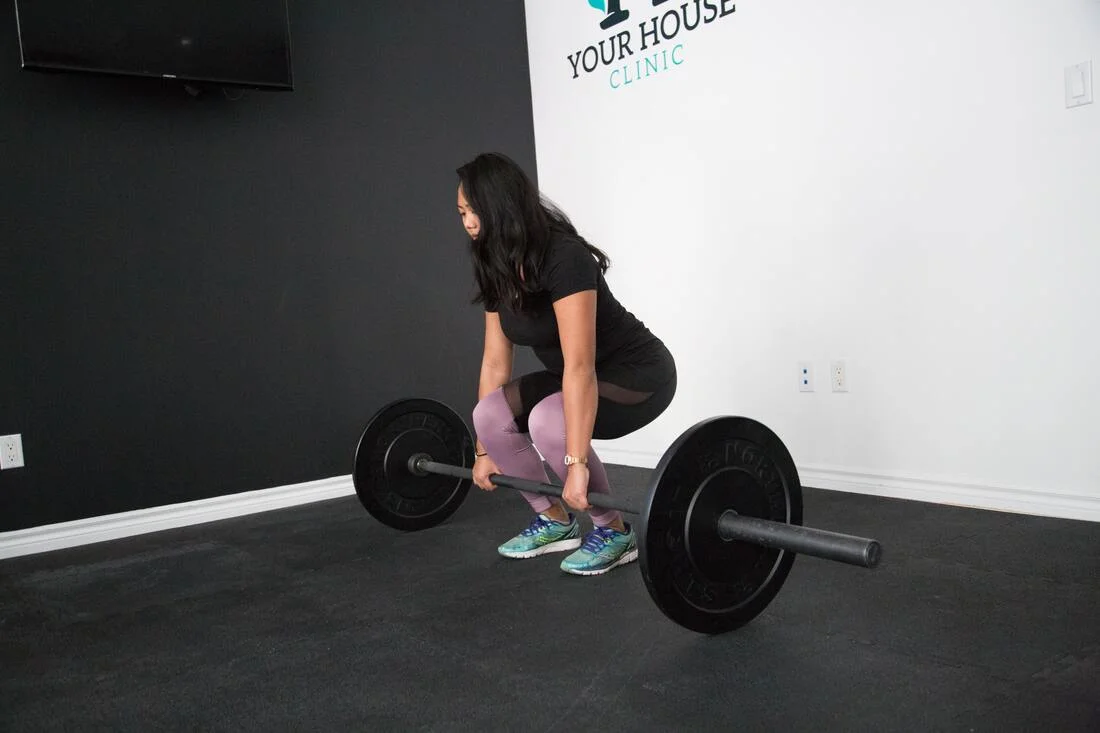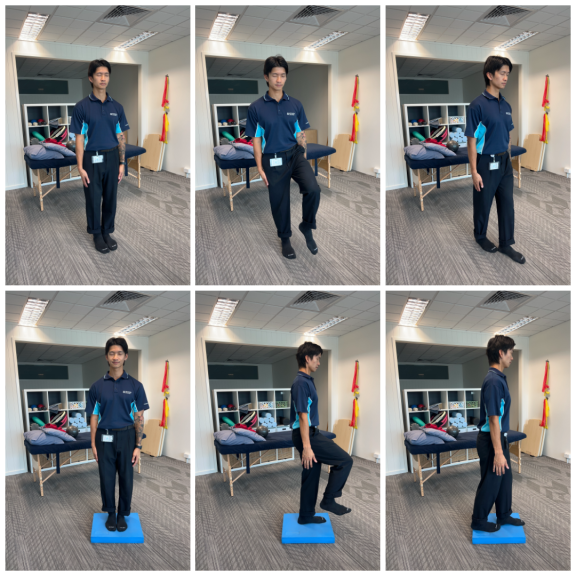Have you heard the common line that weights training during puberty/adolescents will damage growth plates and stunt growth? In reality there is ZERO evidence to support this statement.
Despite there being numerous studies that have disproven impaired skeletal maturation from weights training in both long and short term [1][2][3][4], the belief still appears to be heavily rooted in today’s training and rehabilitation.
What people frequently fail to realise is that resistance training can play a vital role in young athlete training as well as injury prevention. Relying on things like cardiovascular endurance and bodyweight exercises are simply not enough to develop the dynamic stability and strength to protect joints and a growing athlete.
Resistance training is most appropriate to a young athlete when body weight does not provide enough resistance, or when bodyweight simply cant substitute a weight. An example of this could be adding weighted leg press for a young AFL player to help with their vertical jump or adding rotator cuff strengthening to a young gymnast.
If these types of resistance training are not put into place not only could you hinder a young athletes sporting potential but you also put them at risk of injury/reinjury which in some instances can lead to a vicious cycle of reinjury.
So keeping a child or young athlete performing at their potential and remaining injury free is no longer dictated by doing tackle or agility drills, it needs to incorporate a level of resistance training to build up stabilising muscles and strengthen soft tissue.
Resistance training is widely used in adult sport so why isn’t it used in young athletes? Research conducted on the topic suggests that when performed appropriately and with good technique that resistance training provides benefits for youth athletes including:
- Stronger bones
- Reduction in injury rates
- Increased strength, speed and power
Its completely understandable for parents to have reservations about resistance training with their children, especially when its been hammered in for so long that “resistance training stunts growth”. If we think about in logically though, the forces a child’s body goes through on and off the pitch such as hard tackles, jumping out of trees and falling from play equipment far exceed the forces that weights put through the skeletal system.
So what’s the youngest age a child can start resistance training then? The Australian Strength and Conditioning Association [ASaCA] suggest the youngest a child COULD start resistance training is 6 years old!!! This isn’t to say that all 6 year old should sign up for a gym membership though, the ASaCA highlights the need for young athletes that are involved in a resistance training program to “have the maturity to follow clear instructions and an appreciation of the dangers present when training”[5].
So to summarise, there is no evidence to support that resistance training will damage growth plates and stunt growth in the short or long term but there is evidence to suggest resistance training leads to stronger bones, reduction in injury rates and increased strength, speed and power

References:
- 1. Faigenbaum, A., & Myer, G. (2009). 44(1), 56-63.
- 2. Barbieri, D., Zaccagni, L. (2013). 37 Suppl 2:219-25.
- 3. Malina, R. (2006). 16(6), 478-487.
- 4. Falk B, Eliakim A., (2003). 1(2):120-7.













